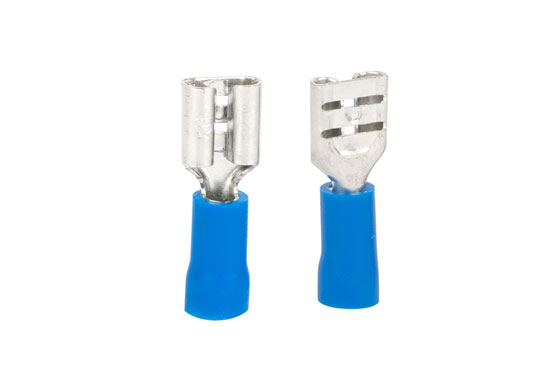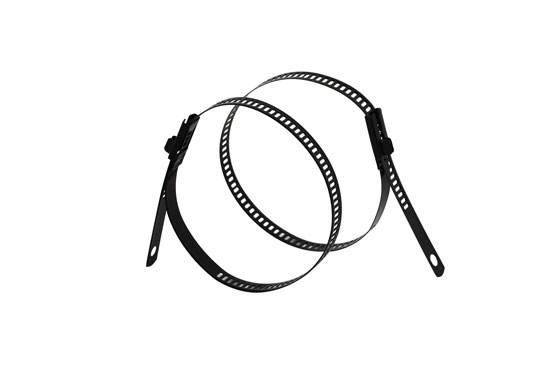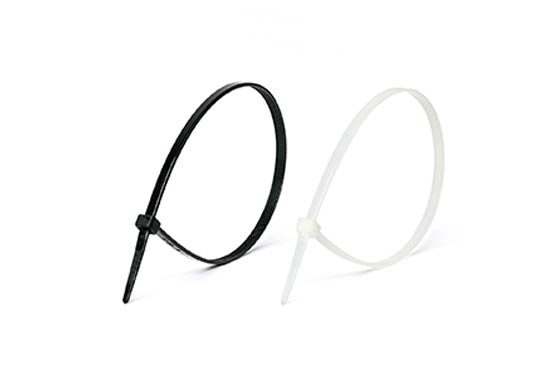Tel
0577-62795555
Tel
0577-62795555
With the development of the economy, the application fields of nylon cable ties are becoming more and more extensive, involving almost all areas of application. Therefore, the number of enterprises manufacturing nylon cable ties is increasing year by year, but the technologies and qualities vary greatly, and the consumer market is filled with both good and bad products. Therefore, it is necessary to identify the quality of cable ties when choosing them, and to purchase cable ties that are most suitable for oneself, meet the needs, and have the highest cost-effectiveness.
Common plastic products often have defects such as rough edges, missing materials, scorch marks, silver wires, bubbles, deformation, shrinkage, etc., which are more likely to appear in nylon cable tie products. Therefore, it is important to carefully inspect their appearance. Although some defects may not affect the use, they still pose potential threats to quality accidents. It is worth emphasizing that the key parts of nylon plastic cable ties are the toothed strap and the tooth cavity of the head. This is very critical, so the toothed strap should be carefully observed to prevent residual teeth, and there should be no stepped mold deviation marks on the top of the inner surface of the tooth cavity. Otherwise, a large number of unusable sliding teeth and difficult insertion situation will occur, almost equivalent to scrap and cannot be used.
A good nylon plastic cable tie should be transparent and clear, and even a slight yellowish color is acceptable, but it should not be murky and black. The quality of materials is also a key factor related to quality. After plastic is subjected to multiple high-temperature melting and shearing actions, its molecular structure will change. This is especially obvious for the raw material PA66 used to make nylon cable ties. The outstanding wear resistance and tensile properties of nylon enable it to be widely used in cable ties.
The most important evaluation point for nylon plastic cable ties is their detachment force. When a certain force is applied, whether it breaks, reverses the teeth, or cracks at the head, the method of breakage must be above the nominal tensile strength. As for some users who feel that the quality of cable ties is not good, it is partially related to the selected specifications. It cannot be stubbornly thought that the quality of the cable ties is not good because the standard tensile strength of a certain specification has a bottom. When the force required in the usage state exceeds the standard by a large margin, it cannot be guaranteed. The only option is to choose to replace it with a higher tensile strength specification, although this will increase the cost, there is no other way. Of course, high-quality cable ties have excellent tensile performance, flexibility, and extensibility, and will not simply fracture or become brittle. This can also better meet the application range of user's tensile force requirements, thereby reducing costs.



